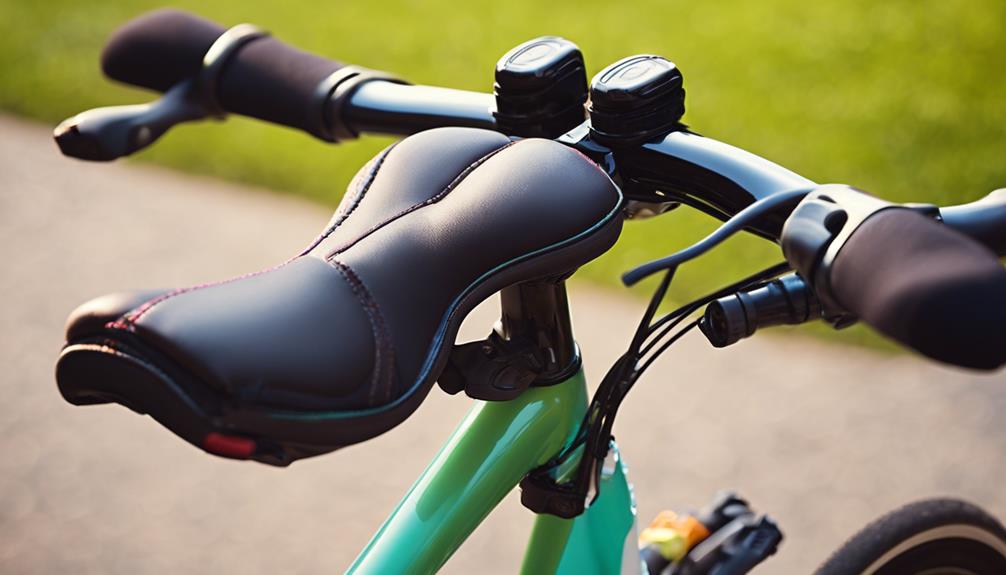In recent years, the transportation landscape has been dramatically transformed by the advent of electric vehicles, and among these, 3-wheel electric bikes have garnered significant attention. Combining the stability of three wheels with the efficiency and sustainability of electric power, these bikes are appealing to a wide range of users, from commuters to recreational riders. This article explores the benefits, types, and future of 3-wheel electric bikes, along with real-world examples and insights into their growing popularity.
Understanding 3-Wheel Electric Bikes
3-wheel electric bikes, often referred to as tricycles or e-trikes, come equipped with an electric motor that assists in pedaling, making them an excellent option for those looking for a sustainable and convenient mode of transportation. Unlike traditional bicycles, the additional wheel provides more stability, making them an ideal choice for individuals who may have balance issues or are new to cycling.
Benefits of 3-Wheel Electric Bikes
The popularity of 3-wheel electric bikes can be attributed to their numerous advantages. Here are some key benefits:
- Stability and Safety: The three-wheel design offers greater stability than two-wheel bikes, reducing the risk of accidents.
- Environmental Impact: E-trikes produce zero emissions, making them a cleaner alternative to gasoline-powered vehicles.
- Accessibility: They are suitable for riders of all ages and abilities, including seniors and those with mobility challenges.
- Cost-Efficiency: Operating an electric bike is generally cheaper than maintaining a car, especially when considering fuel, insurance, and maintenance costs.
- Health Benefits: Riding an e-trike provides low-impact exercise, promoting cardiovascular health and overall fitness.
Types of 3-Wheel Electric Bikes
3-wheel electric bikes come in various designs, catering to different needs and preferences. Here are some notable types:
- Recreational E-Trikes: Designed for leisurely rides, these bikes often come with comfortable seats, backrests, and storage options for casual outings.
- Utility E-Trikes: Built for practical use, utility e-trikes can carry heavy loads, making them ideal for deliveries or transporting goods.
- Folding E-Trikes: These portable models are perfect for those with limited storage space, allowing easy transport and storage.
- Customizable E-Trikes: Many manufacturers offer customizable options, allowing users to tailor their bikes to their specific needs, whether for speed, comfort, or cargo capacity.
Case Studies: Real-World Applications of 3-Wheel Electric Bikes
To better understand the potential of 3-wheel electric bikes, let’s explore some real-world applications:
1. Urban Commuting
Many urban dwellers are turning to e-trikes as a practical commuting option. A study conducted in Portland, Oregon, found that 30% of e-trike users switched from driving cars for their daily commutes. The ability to navigate through traffic, find parking easily, and enjoy the outdoors while commuting has made e-trikes a popular choice among city residents.
2. Delivery Services
With the rise of e-commerce, delivery services are seeking sustainable alternatives to traditional delivery vehicles. Companies like DHL and FedEx have integrated electric trikes into their logistics operations to reduce carbon footprints. In 2021, DHL reported a 50% reduction in emissions for their urban deliveries by utilizing electric cargo trikes.
3. Senior Mobility Solutions
In communities with a high senior population, e-trikes offer a safe and accessible means of transportation. Organizations like the Senior Mobility Network in Florida have successfully implemented e-trike programs, allowing seniors to maintain their independence while providing a fun and engaging way to stay active.
Statistics That Highlight the Growth of 3-Wheel Electric Bikes
The market for 3-wheel electric bikes is expanding rapidly, with significant statistics underscoring their growth:
- According to a report from Grand View Research, the global electric bike market is expected to reach $118.6 billion by 2028, with e-trikes comprising a growing segment of this market.
- A survey conducted by the Electric Bike Company found that sales of electric trikes have increased by 45% year-over-year from 2020 to 2023.
- In Europe, the market for electric tricycles has grown by over 60% since 2019, driven by demand for eco-friendly transportation options.
The Future of 3-Wheel Electric Bikes
The future of 3-wheel electric bikes appears bright, with several trends and developments on the horizon:
- Technological Advancements: Innovations in battery technology will likely lead to longer ranges and shorter charging times, making e-trikes even more appealing.
- Integration with Smart Cities: As cities become smarter, e-trikes could be integrated into public transportation systems, offering seamless travel options.
- Increased Customization: Manufacturers are expected to offer more customizable options, allowing riders to tailor their e-trikes to their specific needs and preferences.
- Regulatory Support: Governments are increasingly recognizing the benefits of electric bikes and are implementing policies to support their use, including funding for infrastructure and incentives for buyers.
Conclusion
The rise of 3-wheel electric bikes represents a significant shift in how we approach transportation. With their numerous benefits, diverse applications, and the growing demand for environmentally-friendly alternatives, e-trikes are poised to play a crucial role in the future of urban mobility. As technology advances and societal attitudes shift towards sustainable practices, the 3-wheel electric bike will likely continue to gain traction as a viable, practical, and enjoyable mode of transportation.
